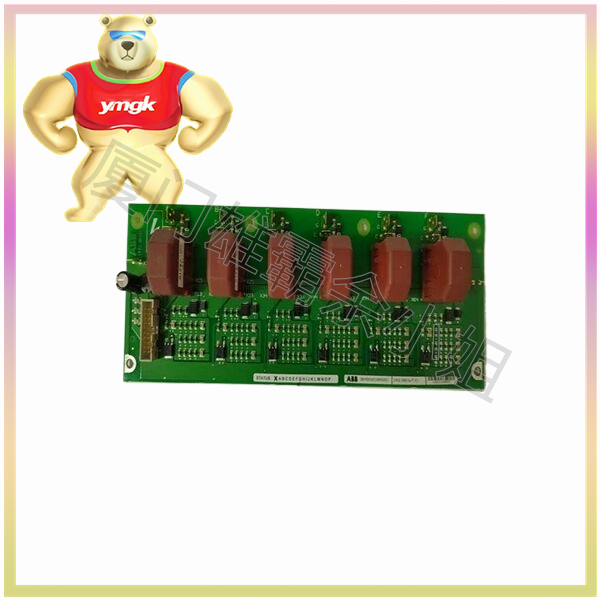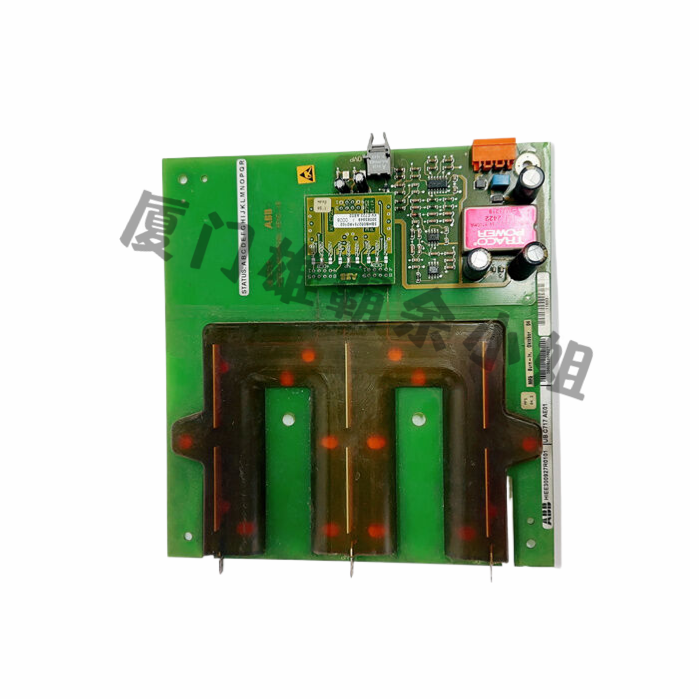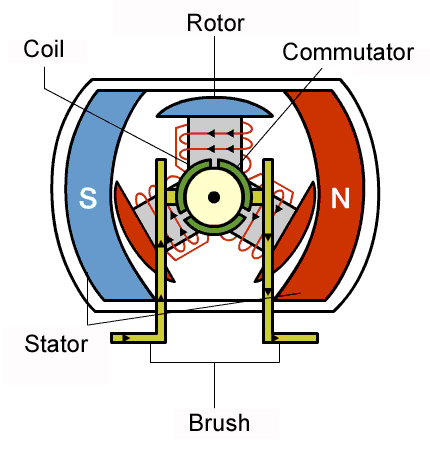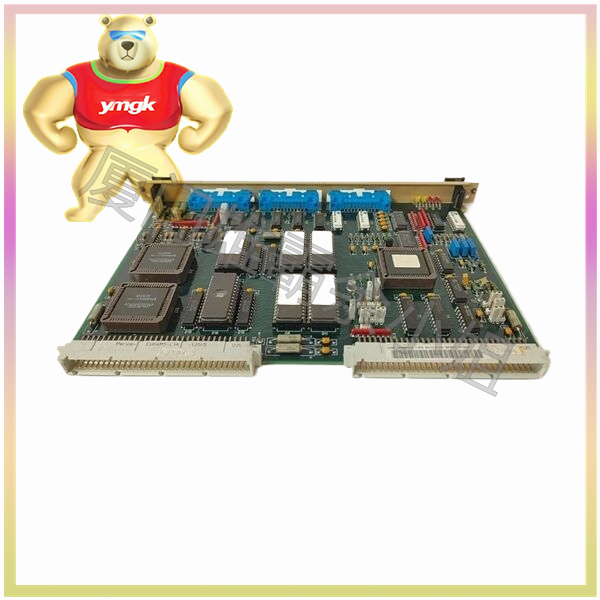2.1 Executing Instructions
The most basic function of a CPU controller is to execute instructions. A computer program is composed of a series of instructions, and the CPU controller completes various tasks by executing these instructions. The execution process of instructions includes steps such as fetching instructions, decoding instructions, executing instructions, and storing results.
2.2 Control Data Flow
The CPU controller is responsible for controlling the data flow, ensuring that data is transmitted and processed correctly in the computer system. The control of data flow includes reading, writing, transmitting, and converting data. The CPU controller controls the data flow through the data bus and address bus.
2.3 Managing Storage
The CPU controller is responsible for managing memory, including memory and cache. Memory is a component used in computer systems to store data and programs. The CPU controller ensures that data and programs can be stored and read correctly by controlling the read and write operations of the memory.
2.4 Coordinate input and output devices
The CPU controller is responsible for coordinating input and output devices such as keyboards, mice, displays, etc. Input/output devices are components in computer systems used to receive user input and display output results. The CPU controller connects and communicates with input/output devices through input/output interfaces.
2.5 Exception Handling
The CPU controller is also responsible for exception handling. When abnormal situations occur in the computer system, such as program errors, hardware failures, etc., the CPU controller will take corresponding measures to handle these abnormal situations. Exception handling includes interrupt handling, error handling, and system recovery.

2.6 System Performance Optimization
The CPU controller is also responsible for system performance optimization, improving the performance of computer systems through reasonable scheduling and resource allocation. System performance optimization includes instruction scheduling, resource allocation, power management, etc.





